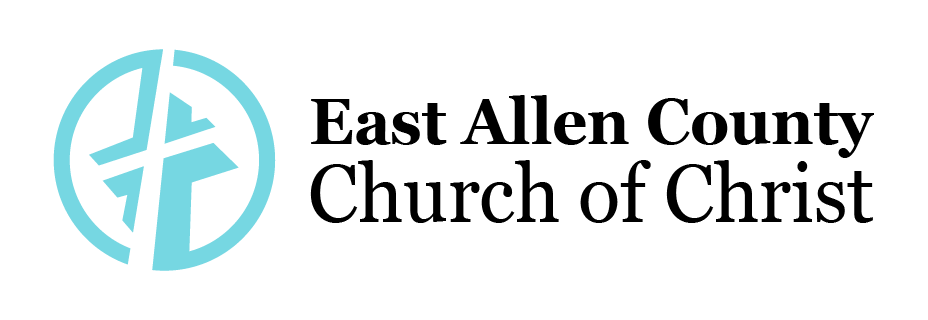The Brooklyn Bridge is truly a miracle bridge. In 1863, a creative engineer named John Roebling was inspired by an idea for this spectacular span. Bridge-building experts throughout the world told him it was a crazy idea and that he should forget it. It couldn’t be done. But Roebling wouldn’t forget it. It was his dream. So, he convinced his son, Washington, who was a young up-and-coming engineer, that the bridge could be built. So, the two of them developed a plan of attack. With unharnessed excitement and inspiration, they hired their crew and began to build their dream bridge.
The project was only a few months under construction when a tragic accident took the life of John Roebling and severely injured his son, Washington. He was left with permanent brain damage and was unable to talk or walk. Everyone felt that the project would be scrapped, but even though Washington couldn’t speak or walk, his mind was as sharp as ever. And he still had a burning desire to complete the bridge. An idea hit him in his hospital bed and he developed a code for communication. All he could move was one finger, so he touched the arm of his wife with that finger, tapping out a code to communicate to her what to tell the engineers who were building the bridge. For 13 years, Washington tapped out his instruction with his finger until the [spectacular] Brooklyn Bridge was finally completed. (https://www.sermoncentral.com/sermon-illustrations/20347/hardship-of-life-by-bruce-howell)
At some point, we all need something to span the obstacles of our lives. Like a bridge, we need to get from one point spiritually to the other side. We find that two or three decades after Jesus had ascended to heaven, an inspired writer, Matthew, would pen the book we now know as the Gospel of Matthew. While we never actually find any record of Matthew speaking in the Gospels, we find this entire letter penned through God’s inspiration. He elaborates on the words and presence of Jesus in this world both powerfully and eloquently. He tells of the “Son of David, The Son of Abraham.” (Matthew 1:1)
In professing a “way” for man, God makes the jump from Malachi to Mark to Romans, etc.… He effectively makes a bridge from the Old Testament to the New Testament. One of the themes of the Old Testament was that of lineage. (Genesis 5:1) Sadly, we find that Adam and Eve brought sinful children into this world. As we say, “they got it honestly.” Adam and Eve were fallen and so they raised fallen children. Man struggles for perfection, and seems to fail at every turn. (Matthew 5:3) Man still brings children into this world who all fall at some point and find a need for salvation. (Romans 3, 6)
The good news is that the New Testament is about the redemption of man through the fulfillment of prophecy of the Old Testament. (Genesis 3, Isaiah, etc.…) There is a Savior who arrives, and new people who will be found and placed in the church. Biblical lineages are a list of generations which consist mostly of dead people. The wage of sin is truly death. (Romans 6:23) These lists of familial descendants are designed to show a connection from one person to a specific past, in this case Jesus to the very foundations of Judaic faith and relationship to God. Jesus was the Messiah they had waited for. He was the new King and Savior of every Jew, and ultimately every man and woman. The letter was designed to give viable proof of the claims Jesus would make about His place in this world. It substantiates the very righteous, holy, and royal place of the Christ. It takes us from expectation to deliverance.
Matthew also introduces a new category of people – the believer, or the Church. Until now the people of God have been exclusively those who were Jews by birth or “proselytization.” This concept of other people is a major sticking point for some, and a wonderful relief for others. Initially, the church was largely composed of Jews and Jewish converts. (Acts 2-7) When the Gospel went to Samaria it was offered to those who were part Jew – Samaritans. (Acts 8) When the house of Cornelius was converted it became clear the Gospel was for all. (Acts 10) The church has never been a kingdom of social exclusivity. It is the place where the lost become the people of God. It is a place where faith meets relationship with the praised.
The bridge of Matthew takes us from hope to fruition. We get from the condemnation of the law, to the forgiveness of God’s grace. The Old Law presented man with a condition of death and wrongness, (Romans 8:3-4; John 1:17; Acts 13:33-39; Hebrews 9:19-28, 10:1-22) but it failed to change his spiritual presence before God. It was fit for the purpose of its moment, (Romans 15:4) but when Christ came it was superseded by the law of Christ. (Romans 8:2)
All of this happened because God refused to leave us no way of salvation, in spite of the choices we have made. The only question is what we will do with our God given choice. Will we choose life, or death? Will we choose spiritual freedom, or legal incarceration? Will we cross the bridge? Choose wisely, your eternity depends on it. Godspeed on your journey!
